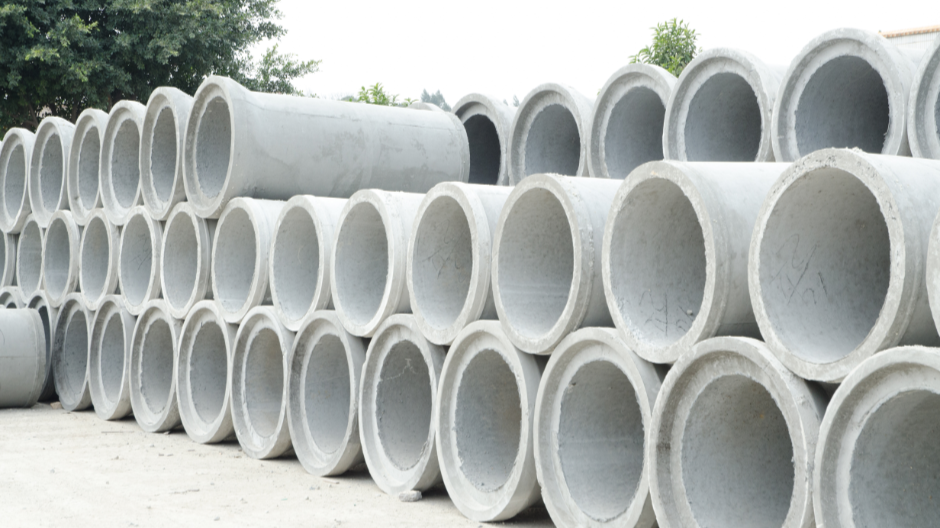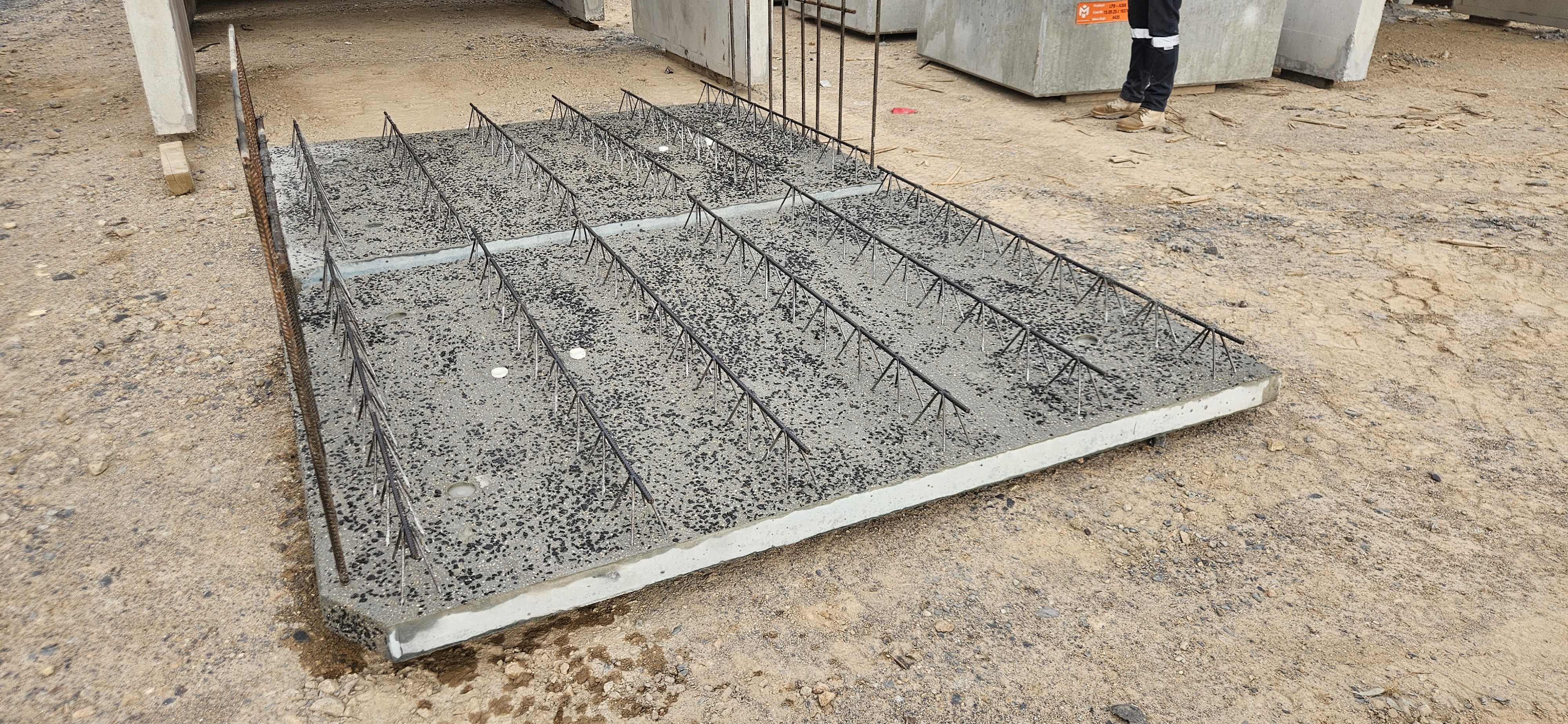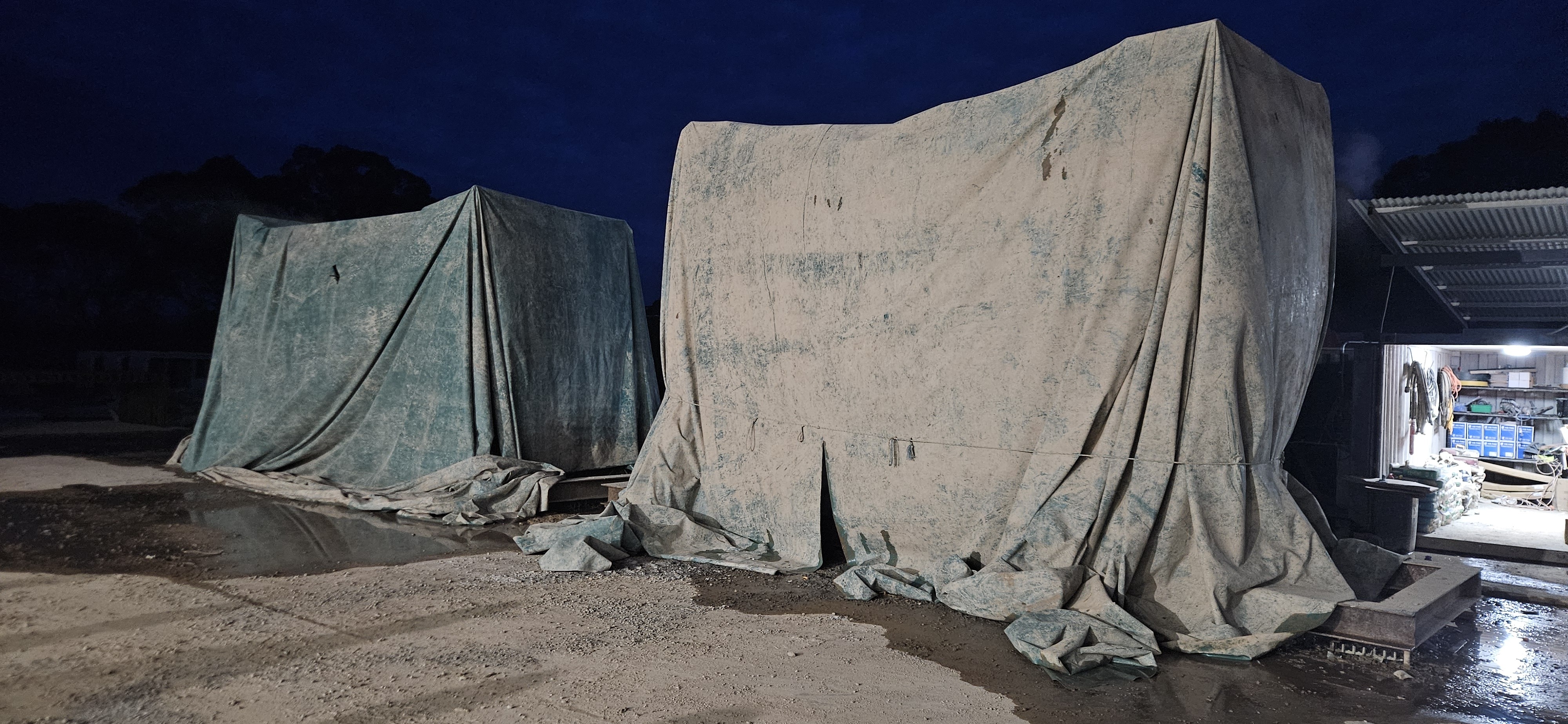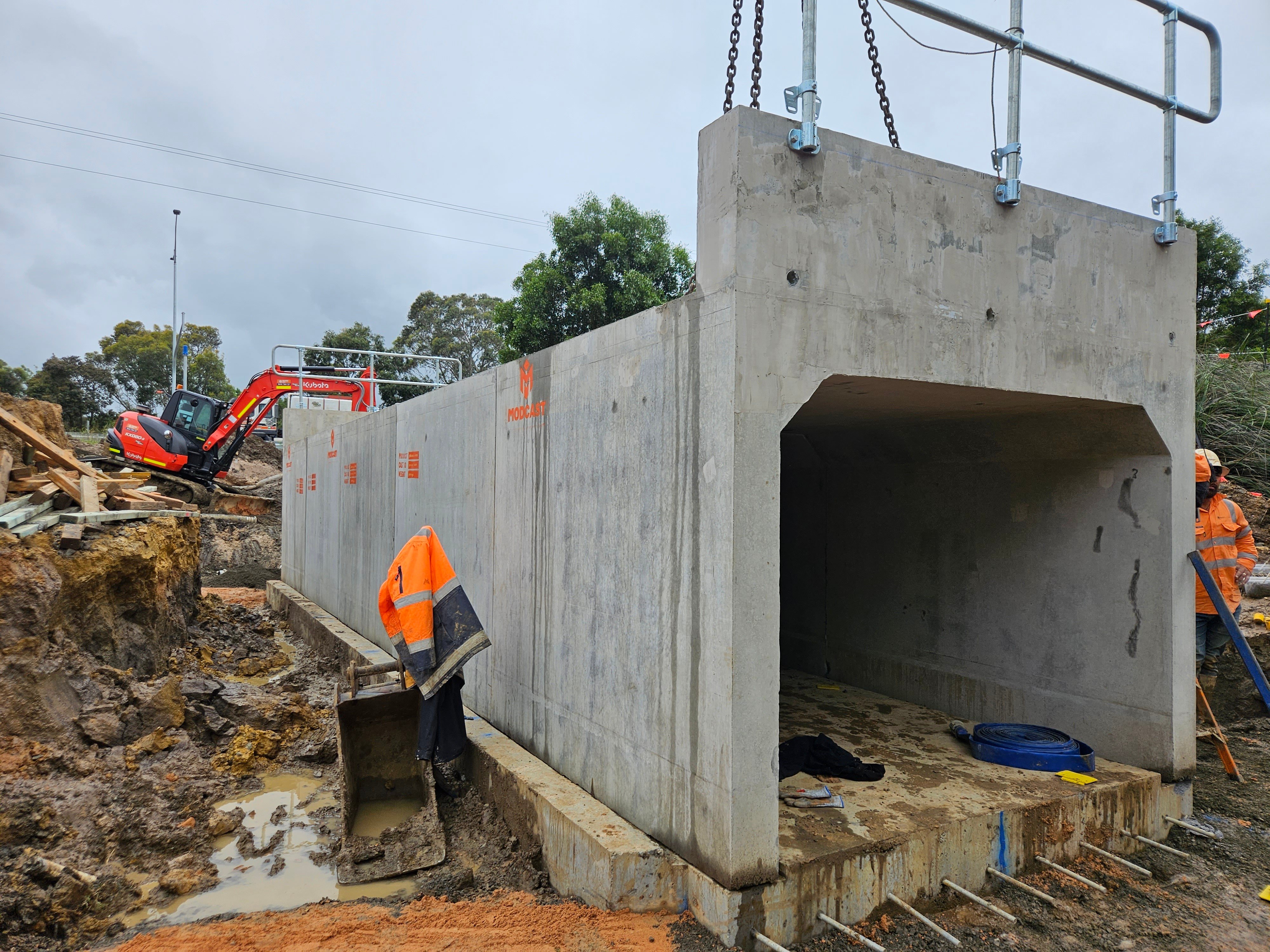Pipe Culverts versus Box Culverts: Differences & Applications
Pipe culverts and box culverts are both types of structures used in civil engineering and construction to manage the flow of water or passage of traffic beneath road, railways, or other areas. They serve similar purposes but have distinct differences in their design, advantages, disadvantages, and applications. Here's a comparison between pipe culverts and box culverts:
Structure and Design:
Pipe Culverts:
- Pipe culverts are typically circular or elliptical in shape.
- They consist of a single pipe or multiple pipes installed horizontally under the roadbed or embankment.
- The circular shape provides efficient hydraulic flow characteristics.
Box Culverts:
- Box culverts are rectangular or square in shape.
- They have a box-like structure with four sides (two sidewalls, a bottom, and a top).
- The open, box-like design provides more space for water flow and can accommodate larger volumes.
Advantages:
Pipe Culverts:
- Simple and cost-effective design.
- Easier to install and handle in smaller installations.
- Efficient for smaller stream crossings and drainage needs.
- Circular shape promotes smooth flow of water and sediment transport.
Box Culverts:
- Greater capacity to handle larger flows and accommodate more significant debris.
- Can accommodate lower fill heights for low lying structures.
- Can be designed to support heavy loads, making them suitable for vehicular traffic.
- Longer lifespan due to their robust construction.
- Can be easily customized to meet specific site requirements.
Disadvantages:
Pipe Culverts:
- Limited capacity for handling larger flows and larger debris.
- May be prone to clogging with debris or sediment buildup.
- Limited lifespan compared to some other culvert types.
Box Culverts:
- Typically more expensive to install and manufacture compared to pipe culverts.
- Require more excavation and construction effort due to their larger size and rectangular shape.
Suitable Applications:
Pipe Culverts:
- Small to medium-sized drainage needs in urban and rural areas.
- Roadway and railway crossings for smaller streams and ditches.
- Culverts under driveways and local access roads.
Box Culverts:
- Major road and railway crossings over larger water bodies.
- Stormwater management systems in urban areas.
- Locations where high load-bearing capacity is needed, such as under heavy traffic or railways.
- Pedestrian walkways and recreational trail crossings.
In summary, the choice between pipe culverts and box culverts depends on the specific requirements of the project, including flow capacity, load-bearing capacity, and cost considerations. Pipe culverts are more suitable for smaller-scale drainage needs, while box culverts are preferred for larger flow capacities and situations where additional structural support is necessary. Proper design and maintenance are essential for the effective functioning of both types of culverts.





